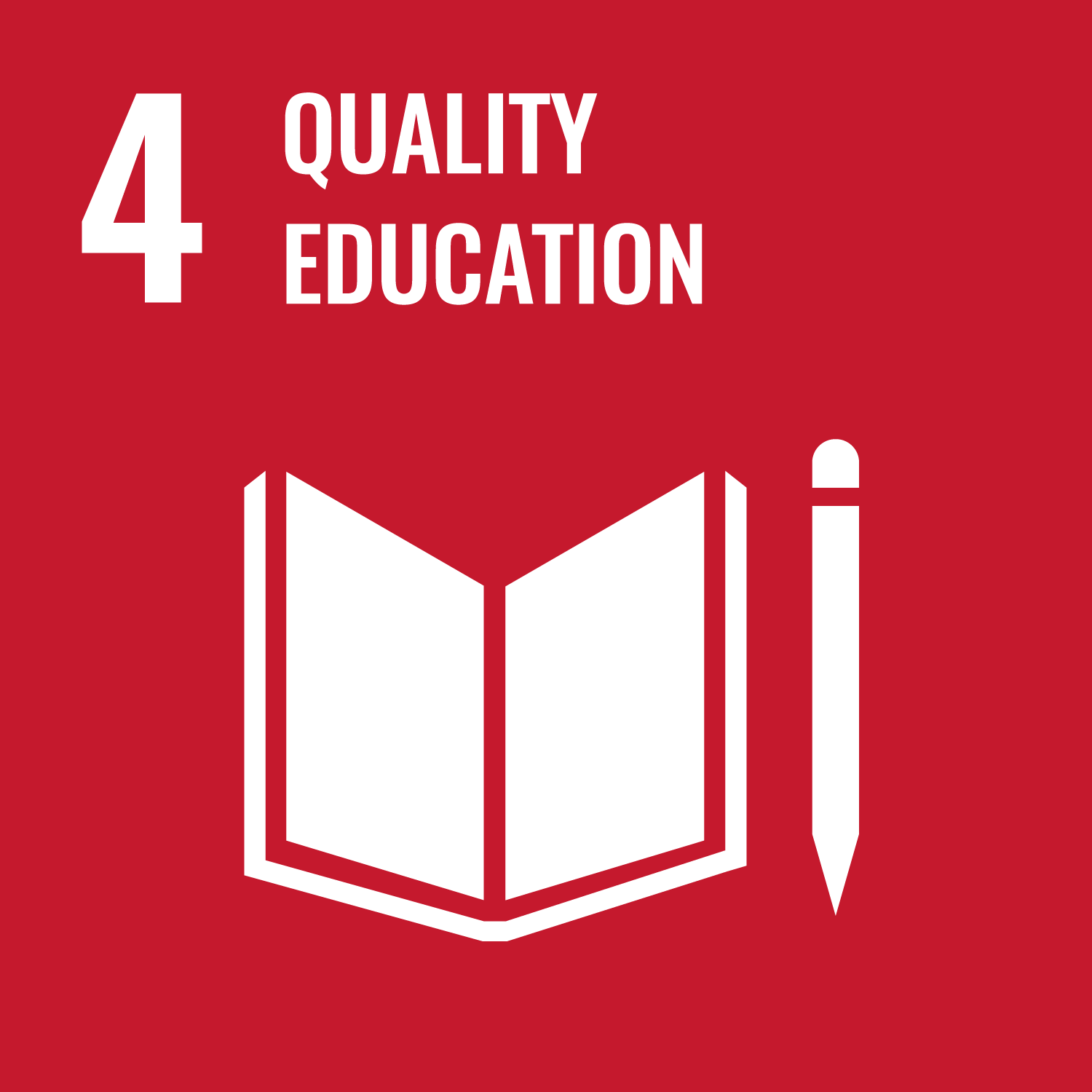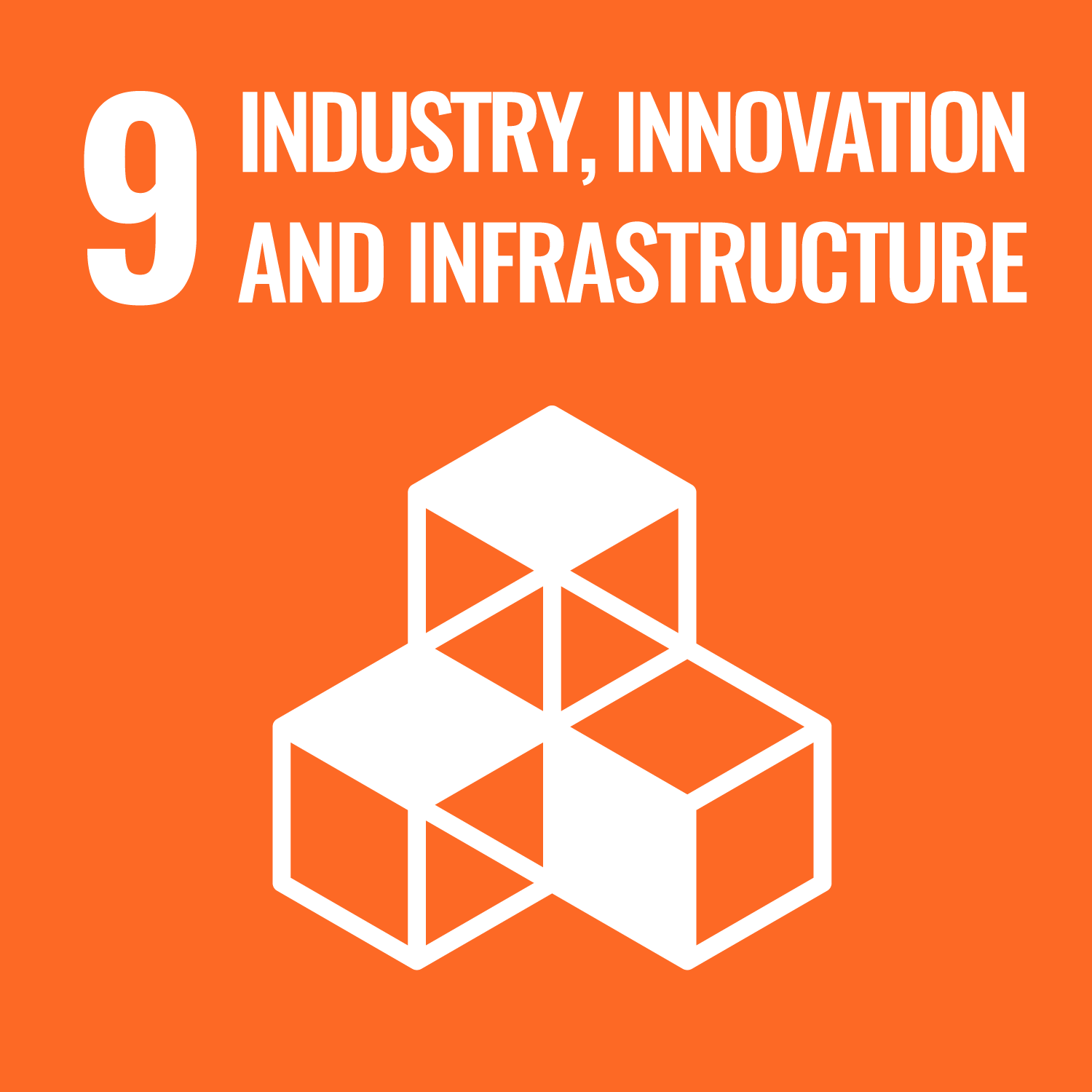
Better together
You’ll need
- Pens or pencils
- A4 paper
- Device with access to the internet
- Camera or phone
Before you begin
- Remind yourself of everything people have done for their project: how did they identify the need, plan action, and take action?
- If you have resources people made, or photos and videos of them taking action, bring them to show everyone.
- Write the questions to ask on six pieces of paper and display them around your meeting space.
- Connect with another Scout group – check out the group finder to get you started. It doesn’t matter if they’re not nearby – you could arrange to connect over a video call and chat about how activities and conversations were different in another area.
- What theme did we explore?
- What did we do?
- Why did we do it?
- How did it make you feel? What skills did you develop?
- How did the project make a difference for people or the environment?
- What could we do now? How could we achieve the next stage of our badge?
Remember, remember
- The person leading the activity should help everyone remember the main details about their project so far. They should use any resources, photos, or videos to help jog people’s memories.
- Everyone should move around the room, visiting each of the six pieces of paper. They should think about each question, chat with their friends, then jot down their ideas.
It’s especially important to write down the answers to the final question.
- Everyone should share their ideas.
This is a great chance to congratulate everyone again – take a moment to celebrate successes and people’s hard work.
Be better together
- Everyone should gather together and introduce themselves by name.
You could use a quick icebreaker activity here – how about asking everyone to share two truths and a lie about themselves, then working together to guess the lie?
- Each group should get two pieces of paper. They should label one with ‘things we’ve learned’ and other with ‘challenges we faced’.
- Each group should chat about the challenges they faced and the things they learned and fill their sheets of paper with ideas.
It doesn’t matter whether they want to write, draw, or nominate someone else to write.
- Once each group’s ready, they should take it in turns to share. Did they have any things in common? What was different?
- The people leading the activity should take time to congratulate everyone for what they’ve already achieved.
- Everyone should think about what they can learn from the other group. Did they do something different that worked really well? Did they find a great way to overcome a challenge?
- Everyone should plan their next steps based on what they’ve learned. What else will they do to help end homelessness for good? For example, they could plan an event, host an exhibition showing what they’ve done, or film a video to inspire others.
Make sure that everyone’s engaged and listened to: everyone should feel valued and share responsibility.
- The people leading the activity should come up with a plan to share what people do on social media.

This activity helps contribute towards some of the UN's Sustainable Development Goals. Find out more about the SDGs, and how Scouts across the world are getting involved.




Reflection
This activity was all about being a great leader and being a citizen. Do leaders share ideas with each other? Why might it be important for leaders to learn from other people’s experiences? Was it helpful to share ideas with the other group? What did people learn?
Part of being a citizen is staying active and engaged. How did everyone decide what to do next? What more can be done to help end homelessness? Do people think that others believe it’s achievable? If not, how could they help them see a different perspective?
Safety
All activities must be safely managed. You must complete a thorough risk assessment and take appropriate steps to reduce risk. Use the safety checklist to help you plan and risk assess your activity. Always get approval for the activity, and have suitable supervision and an InTouch process.
Depending on your group, it may be useful to have an adult at each sheet of paper to help people write down their ideas.
It’s up to you to decide the scale of your next action. If you wanted to hold an event, for example, you could choose a small venue (or your usual meeting place) or find a bigger venue so you can invite more people.
People can record their thoughts on the big sheets of paper in whatever way works for them, including drawing and writing ideas down.
Discussing homelessness may be difficult for young people who have experienced homelessness or have connections to it through other people. Make sure they know you’ll be covering the topic, and check what you can do to make it easier. This may involve avoiding specific scenarios or making sure there’s a space for them to take a break. Make sure people’s communication is respectful and supportive.
All Scout activities should be inclusive and accessible.
